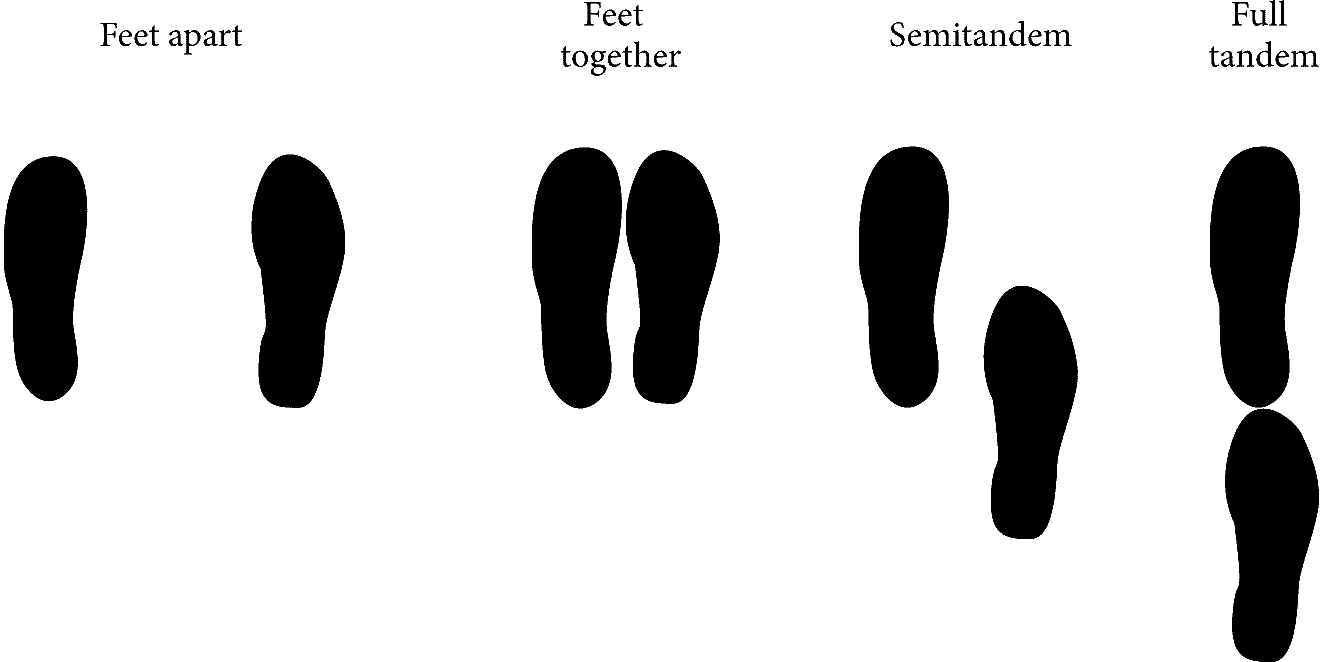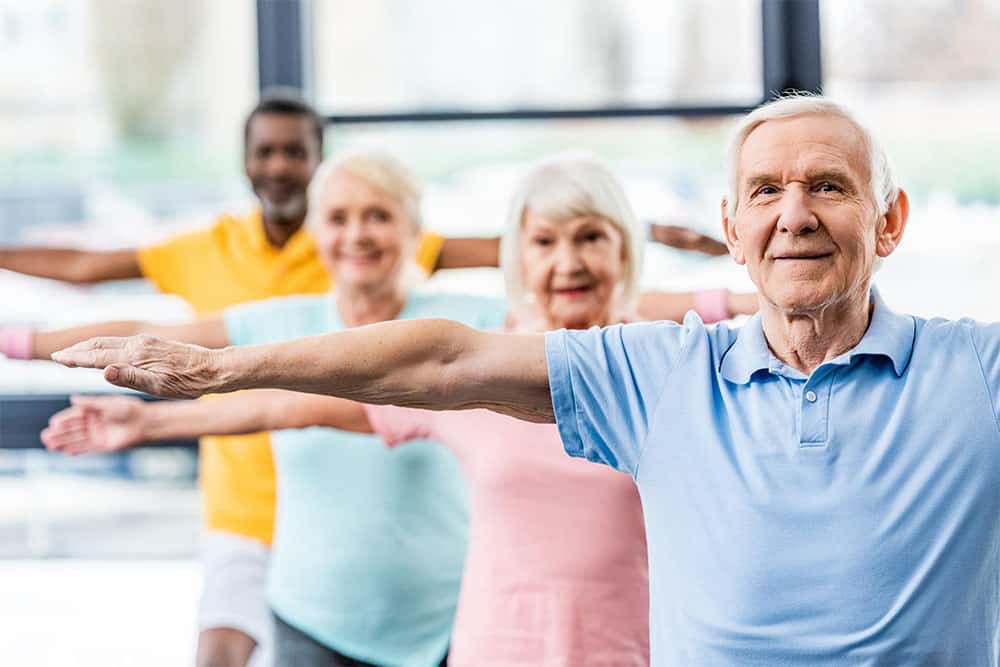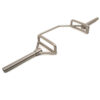Fitness
Balance training for older adults
What is balance?
Balance refers to a person’s ability to maintain their centre of gravity within a base of support.
The base of support is all contact points with the surface beneath the person. This could include parts of the body, such as feet or hands, or objects such as a walking stick.
How is our balance affected as we age?
The physiological changes associated with ageing can negatively impact on our balance. Some of the physiological changes that can impair our balance include:
- deterioration of sensory systems; and
- musculoskeletal changes.
Sensory systems
Our vestibular (inner ears), visual (eyes) and proprioceptive (also known as kinaesthesia) sensory systems work together to help us control our balance.
As we age, these sensory systems can be impaired.
Musculoskeletal system
The physiological effects of ageing include reductions in muscle mass (known as sarcopenia) and reductions in bone density (the strength of our bones).
Reductions in muscle mass and the resulting decline in strength can increase the risk of falls.
Reduced bone density can increase the severity of injury resulting from a fall.
What is balance training?
Balance training refers to planned, structured movements or static positions undertaken for the purpose of maintaining or improving a person’s balance.
Principal elements of balance training
Balance training programs should be structured around fundamental activities that are known to be effective for maintaining or improving the balance of participants.
The principal elements should include:
- static positions that challenge a person’s ability to maintain their balance (e.g. standing on one leg); and
- dynamic movements that challenge a person’s ability to maintain their balance (e.g. walking forward ‘heel-to-toe’ along a designated line).
As is the case for strength training and other forms of exercise, the level of challenge (i.e. difficulty) should be tailored to the abilities and health factors of each individual. The level of challenge can be progressively increased over time as participants’ balance and strength improve.
Static balance
Static (e.g. standing) balance variations include:
- feet apart (normal standing position);
- feet close together;
- semi-tandem stance;
- tandem stance (also referred to as ‘full tandem’); and
- standing on one leg.
Figure 1 shows foot positions for some of the common static balance variations listed above.
Figure 1 – illustration of the different foot positions

Thierry Paillard, Frédéric Noé, “Techniques and Methods for Testing the Postural Function in Healthy and Pathological Subjects”, BioMed Research International, vol. 2015, Article ID 891390, 15 pages, 2015
Why is balance training important?
Falls are the leading cause of unintentional injury for older Australians. Nearly 1 in 3 older Australians will have experienced a fall in the past 12 months.
Across all ages, falls are Australia’s largest contributor to hospitalised injuries and a leading cause of injury deaths. In 2018–19, 43% of hospitalised injuries and 39% of injury deaths were due to falls.
Exercises and activities to help make people stronger and improve their balance and flexibility lowers their risk of having a fall.
Ideally, balance training should be undertaken in conjunction with strength training. To learn more about strength training for older adults, see our comprehensive guide.
References
HealthyLiving.com.au: Glossary of Health and Fitness Terms, Balance
HealthyLiving.com.au: Glossary of Health and Fitness Terms, Balance Training
healthdirect.gov.au: Falls and the elderly
Australian Institute of Health and Welfare: Falls
health.gov.au: Don’t fall for it. Falls can be prevented!











